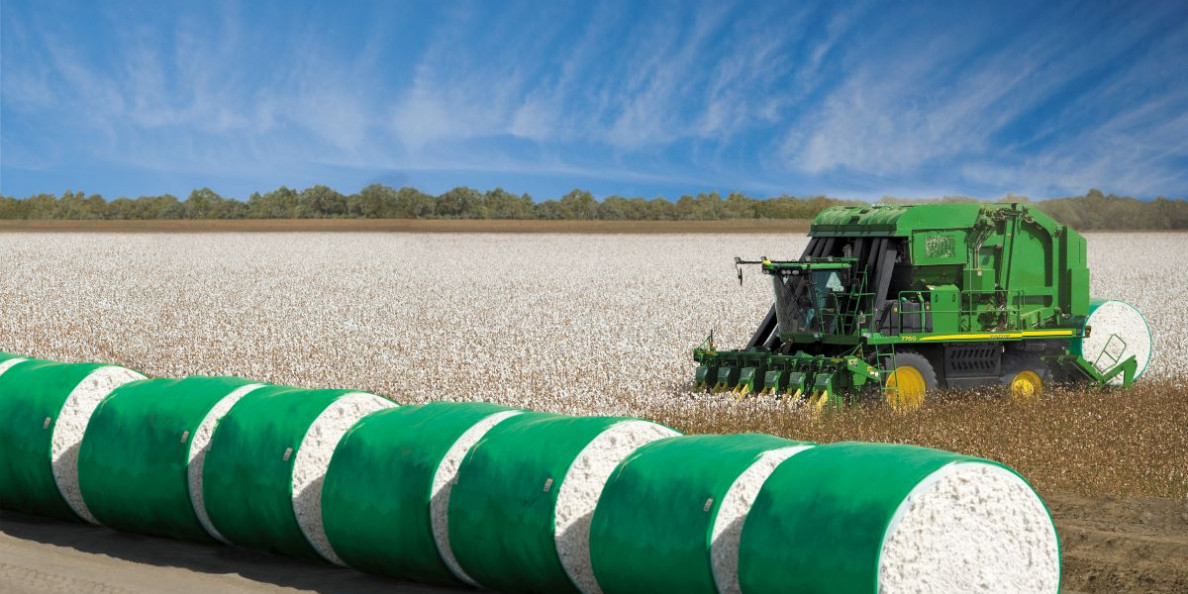The 2019 crop has been challenging, making the role of Cotton Incorporated’s Agricultural and Environmental Research Department team critical in helping to mitigate risks and improve producer profitability.
The unique mission of the department is to improve the profitability of U.S. cotton production by improving its market position through strategic sustainability initiatives, funding the creation of agricultural innovations, and driving their adoption by cotton producers.
It achieves this mission by pairing internal expertise with external research collaborators to develop innovations, new knowledge and production tools. These innovations affect yield growth, crop value (seed and lint) and production efficiency.
The department’s research collaborators are almost entirely employed at public institutions where Cotton Incorporated resources are leveraged with other funds to objectively address U.S. cotton’s challenges and opportunities for the direct benefit of producers across the Cotton Belt.
U.S. Trust Protocol
This year, the department has worked on projects aimed at advancing cotton’s position in the marketplace and within the sustainability community. Consumers continue to put pressure on brands and retailers to be more transparent with their supply chains. Cotton Incorporated sees this as a unique and advantageous opportunity for cotton.
It has partnered with the National Cotton Council to develop the U.S. Trust Protocol. The protocol’s mission of the U.S. Cotton Trust Protocol is to validate U.S. cotton as the most responsibly produced cotton in the world while striving for continuous improvement to reduce its environmental footprint. The department funded projects this year to assist in producer enrollment in the U.S. Trust Protocol’s pilot platform, which launched in June. The full release is scheduled for 2020.
In addition to sustainability efforts, the department funds projects that provide a safety net of knowledge about ever-changing cotton production issues including variety selection, pest management, new input evaluations, more efficient use of resources and the investigation/mitigation of potential threats to U.S. cotton. Currently, plastic contamination threatens the value of U.S. cotton. In 2019, a multi-divisional strategy was put in place within Cotton Incorporated to address this problem.
Gin Prototype
The primary department research focus this year is detection and removal of plastic contamination at the gin level. One successful project in close collaboration with the Fiber Competition division has been an affordable machine vision system deployed on the feeder apron of the gin stand.
An initial prototype camera-based detection system was fine-tuned so that 85% of the time, it detected and ejected, with a “puff” of compressed air, samples of yellow round module wrap from cotton flowing down a slide simulating the feeder apron on a gin stand. The work resulted in a full-size prototype that Lubbock gin lab researchers installed and tested at a commercial gin during the 2018 ginning season. Commercialization of this system is in process in 2019 with two gins testing the commercial prototype.
2019 has been a busy year, and these projects just scratch the surface of all the work being done by the department team. Every year, Cotton Incorporated sponsors more than 400 research projects with universities, the U.S. Department of Agriculture and private cooperators across the United States.
Other areas of significant progress in 2019 include adding value to whole cottonseed, cottonseed meal and cottonseed oil; managing the diverse and evolving insect pests of cotton; expanding grower use of data in harvesting and ginning; and developing breeding tools and germplasm to continually expand yield.


